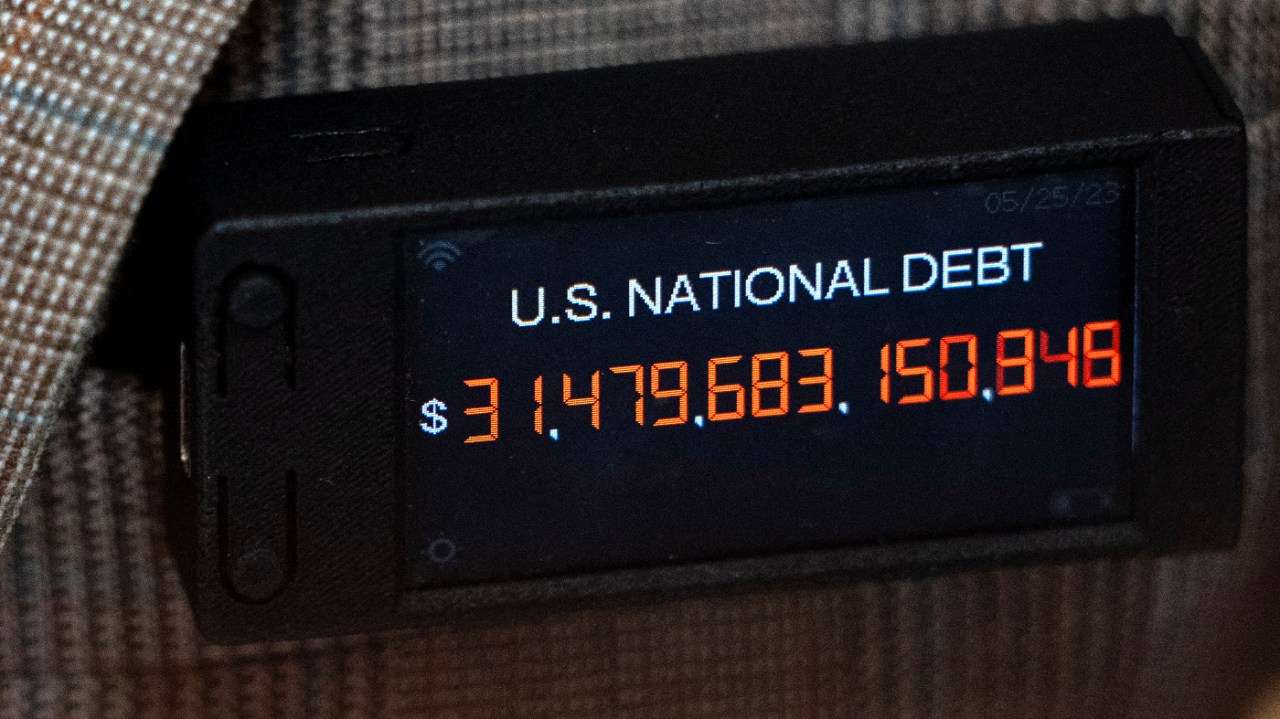F-22Raptor
ELITE MEMBER

- Joined
- Jun 19, 2014
- Messages
- 16,980
- Reaction score
- 3
- Country
- Location
Follow along with the video below to see how to install our site as a web app on your home screen.
Note: This feature may not be available in some browsers.


the debt?US GDP in 2023 will be over $27.5T


am pretty sure you already know this. but just having high debt doesnt mean anything bad without knowing the other economic variables.and the debt will be 40 trilion
only the intrest on the debt will be 2 trilions in yearam pretty sure you already know this. but just having high debt doesnt mean anything bad without knowing the other economic variables.
for example, a person can have
a million dollars in debt,
make 200k per year
1) if they used those million dollars of debt to buy a house that is now valued at 1.5 million - that is good
2) if they used those million dollars to go on a vacation, but now have no other debt and will are paying the interest + some principle on the debt - is not bad - just need to be careful
3) used those million dollars to buy a car and now need to pay a lot of money towards the insurance/upkeep of that car and dont have enough money even to pay interest on that debt - this is a vicious cycle, need to get rid of the car or increase income, else will go bankrupt.
the US is in #1 or #2 scenario.
our dear pakistan is in #3 scenario


New Recruit
US GDP in 2023 will be over $27.5T

Assuming this year GDP is $28T, U.S. need to growth more than 5.5% per year in the next 3 year in order to reach $33T GDP in 2026. Nevertheless, according to Trading Economic website about United States GDP Annual Growth Rate (https://tradingeconomics.com/united-states/gdp-growth-annual#:~:text=In the last ten years,reached the 5 percent level.), in the last ten years, the average (growth) rate has been below 2 percent and since the second quarter of 2000 has never reached the 5 percent level. Only in 2021, U.S. growth rate reached 5.95% but the year before was -2.77% due to Covid.
Based on historical data, it is very unlikely that U.S. will reach $33T in 2026. But I would never say it is totally impossible.
New Recruit
That's not exactly how GDP and growth rates are calculated. And that's also why those GDP numbers are pointless. Let me give a few points -
GDP (as in nominal GDP) is NOT related to growth rate published by govt or other institutions.
eg.,
US GDP (2021) = 23.32
US GDP (2022) = 25.46
----------------
Calculating the growth from this number = 9.18%
But, we know actual GDP growth is only 2.1%.
What you see here it the effect of inflation. GDP growth numbers are calculated based on 'Real GDP', not nominal GDP.
The actual calculation is the following:
View attachment 955339
What you see in red it 'Real GDP' of US. You will find that 2.1% increase is coming from this table, not the pointless 'nominal GDP' mentioned by OP. So, if someone says US GDP will reach 35 trillion by next few years, it's possible. But it has no meaning, as everything is inflation.
The nominal GDP can increase even without any growth, technically those numbers mentioned have very less value for economists. Only OP here likes to post this everyday.
ohh, here's something more important.
US is spending more than $2 billion per day ($808 billion for current fiscal) on interest payment for debt servicing and increasing at a massive rate.
View attachment 955340
This number will become 1 trillion per year within next few months. US is spending more on debt than on their defense.
